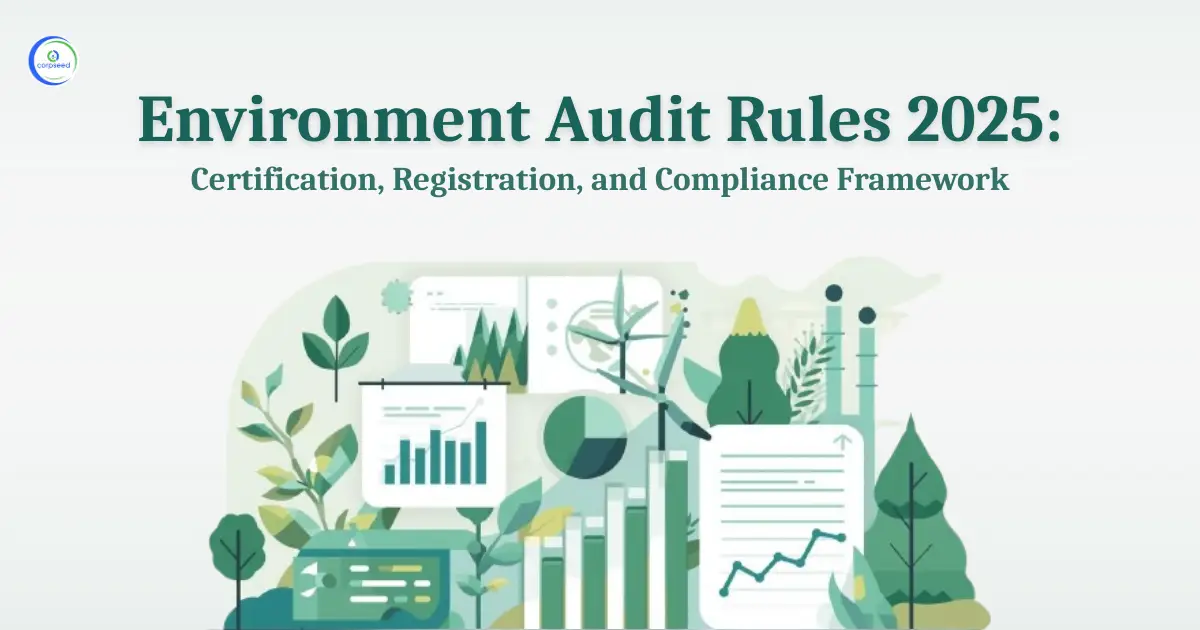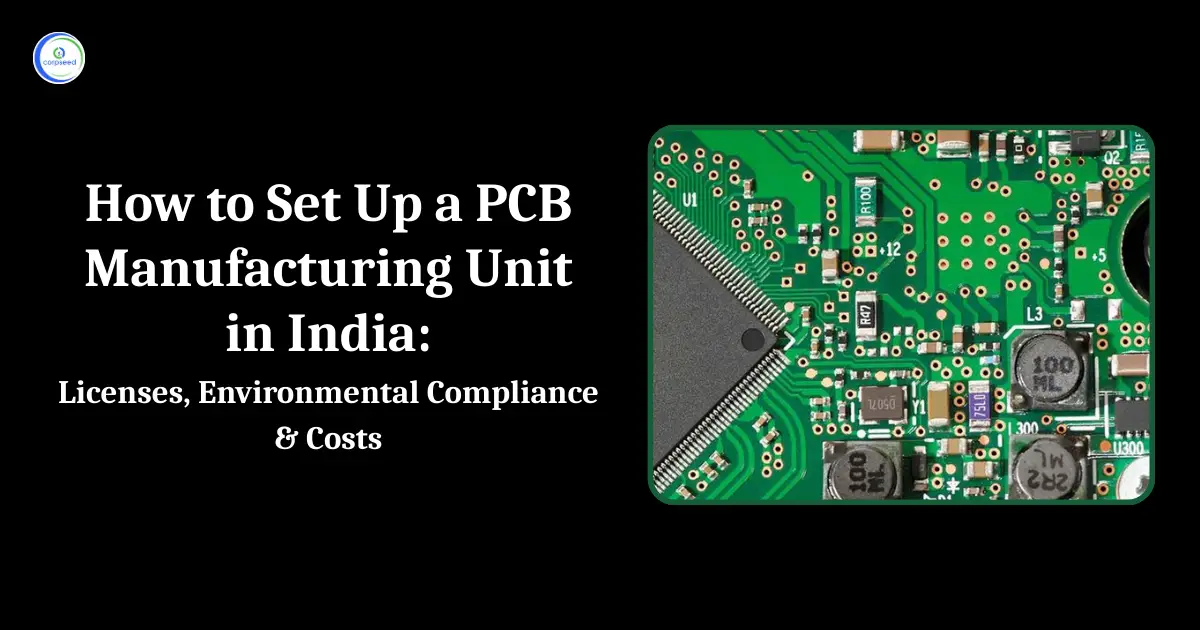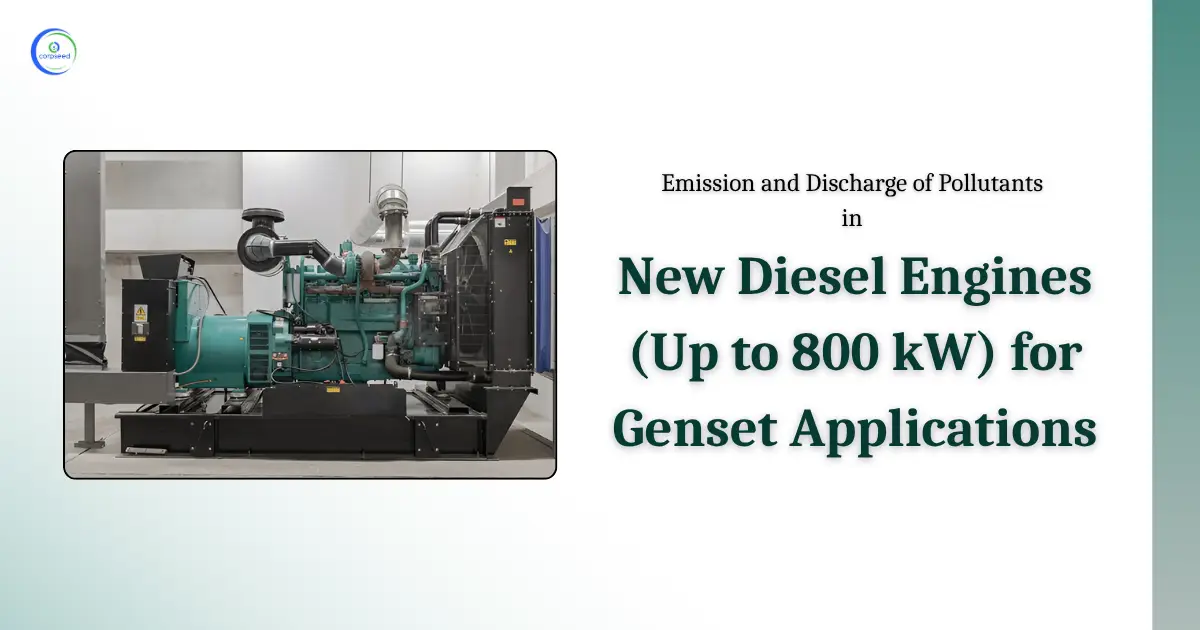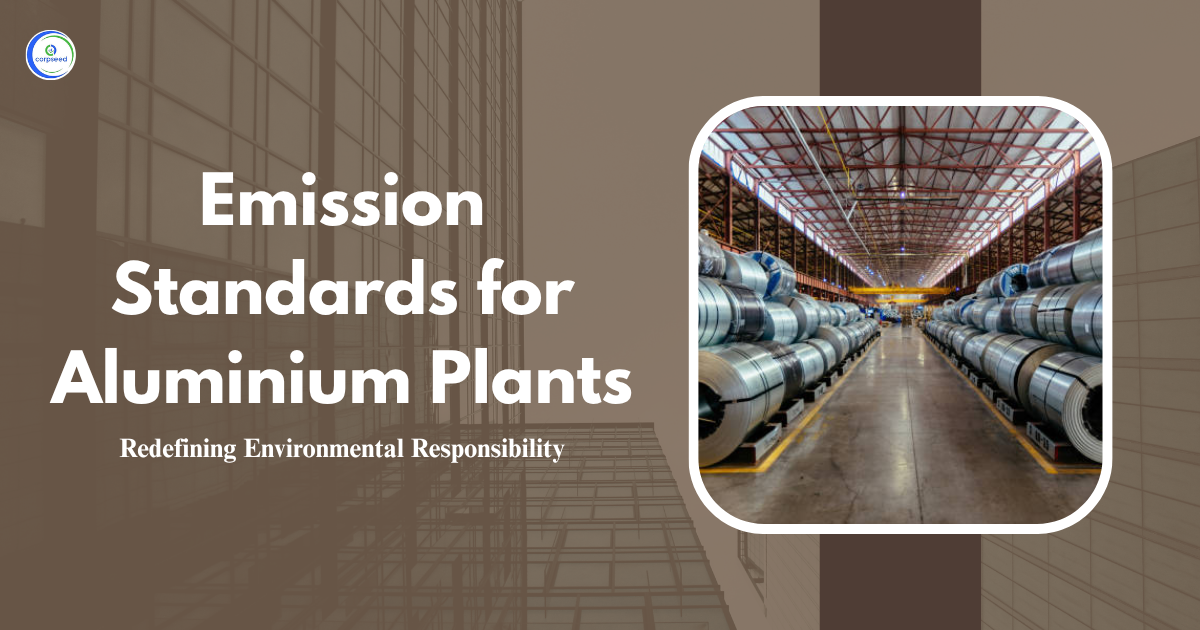Re-heating (reverberatory) furnaces are essential in many metal industries for heating metals before further processing. These furnaces generate pollutants, mainly particulate matter, which impact air quality and public health. To regulate these emissions, the Central Pollution Control Board (CPCB) and State Pollution Control Boards (SPCBs) have set strict re-heating furnace emission standards. These environmental standards for industrial furnaces include emission concentration limits for reheating furnaces and pollution discharge norms reverberatory furnace. Adhering to CPCB emission standards for furnaces ensures environmental compliance and helps industries obtain necessary environmental clearances. Proper air pollution control in re-heating furnaces supports sustainable industrial growth and reduces harmful environmental impacts.
Table of Contents
--------------Blog Contact Form-------------
What is Re-Heating (Reverberatory) Furnace?
A re-heating furnace, also known as a reverberatory furnace, is a key industrial furnace widely used in steel and metal industries. Its primary function is to heat metal to a uniform temperature for processes like rolling, forging, or shaping. This furnace operates by reflecting heat from a roof or refractory surface onto the metal, providing indirect heating. Reverberatory furnaces typically run on coal, gas, or oil fuels, which produce emissions during combustion. Due to the high temperature and fuel combustion, these furnaces emit particulate matter and other pollutants, making reverberatory furnace pollution control critical. The Central Pollution Control Board (CPCB) and State Pollution Control Boards (SPCBs) have included these furnaces under environmental standards for industrial furnaces to ensure pollution discharge norms reverberatory furnace are followed effectively.
Emission Standards for Re-Heating (Reverberatory) Furnaces
The Central Pollution Control Board (CPCB) along with State Pollution Control Boards (SPCBs) have established strict re-heating furnace emission standards to regulate pollutant discharge from these industrial furnaces. The standards focus mainly on particulate matter, which poses the highest risk to air quality and human health. The emission concentration limits for reheating furnaces differ based on the location of the furnace, whether it is in a sensitive or other area. The table below outlines these particulate matter emission limits reverberatory furnace as per CPCB emission standards for furnaces:
| S.No. | Industry | Parameter | Standards |
| 31 | Re-Heating (Reverberatory) Furnaces | Emission | Concentration in mg/m3 (normal) |
| Capacity : All sizes | |||
| Sensitive area | Particulate matter | 150 | |
| Other area | Particulate matter | 450 |
These emission limits for re-heating furnaces ensure air pollution control in re-heating furnaces of all sizes. Strict compliance with these limits forms a core part of industrial furnace emission regulations and pollution discharge norms reverberatory furnace enforced by CPCB and SPCBs. This helps industries maintain environmental compliance and meet environmental clearances.
Key Pollutants in Re-Heating Furnaces
Particulate matter is the most critical pollutant addressed by re-heating furnace emission standards. These fine particles can cause respiratory illnesses and degrade air quality if released unchecked. In addition to particulate matter emission limits reverberatory furnace, other pollutants are also generated during furnace operation, including:
- Carbon Monoxide (CO): Results from incomplete fuel combustion.
- Nitrogen Oxides (NOx): Formed at high combustion temperatures and contribute to smog.
- Sulphur Dioxide (SO2): Emitted when sulphur-containing fuels are burned, causing acid rain.
While particulate matter emission limits reverberatory furnace are the primary focus, CPCB emission standards for furnaces also require monitoring of these gases to ensure comprehensive environmental compliance. Effective reverberatory furnace pollution control reduces the overall pollutant load and supports better air quality.
Why Emission Standards for Re-Heating (Reverberatory) Furnaces Are Important?
Emission limits for re-heating furnaces are vital to limit harmful emissions from industrial operations. These standards help control particulate matter and other pollutants, reducing risks to human health and the environment. Without CPCB emission standards for furnaces, uncontrolled pollution would worsen air quality, increasing respiratory diseases and environmental degradation. The Central Pollution Control Board (CPCB) and State Pollution Control Boards (SPCBs) enforce these regulations to ensure industries follow pollution discharge norms reverberatory furnace and meet environmental clearances. Adhering to these environmental standards for industrial furnaces also helps industries avoid penalties and maintain sustainable practices. Overall, emission concentration limits for reheating furnaces play a key role in clean air initiatives and industrial environmental compliance.
Pollution Control Technologies for Re-Heating Furnaces
To comply with CPCB emission standards for furnaces, industries use various pollution control technologies for re-heating furnaces. These technologies help meet particulate matter emission limits reverberatory furnace and other emission limits for re-heating furnaces. Common pollution control solutions include:
- Electrostatic Precipitators (ESPs): Capture fine particles by electrically charging and collecting dust on plates.
- Bag Filters: Use fabric filtration to remove very small particulate matter from furnace exhaust.
- Cyclone Separators: Remove larger particles using centrifugal force before gas discharge.
- Wet Scrubbers: Eliminate gaseous pollutants like SO2 by washing flue gases with liquids.
These technologies improve air pollution control in re-heating furnaces and support industries in maintaining environmental compliance. Implementing these controls helps industries follow industrial furnace emission regulations and meet pollution discharge norms reverberatory furnace requirements, ensuring cleaner emissions.
Conclusion
Re-heating (reverberatory) furnace emission standards are essential to controlling pollutants from metal heating processes. The Central Pollution Control Board (CPCB) and State Pollution Control Boards (SPCBs) have established clear particulate matter emission limits reverberatory furnace and other emission limits for re-heating furnaces. Industries must adopt pollution control technologies and adhere to CPCB emission standards for furnaces to maintain environmental compliance and secure environmental clearances. Meeting these emission concentration limits for reheating furnaces reduces environmental impact and protects public health. Following these environmental standards for industrial furnaces ensures responsible operations, effective pollution discharge norms reverberatory furnace, and cleaner air for communities.
This portion of the site is for informational purposes only. The content is not legal advice. The statements and opinions are the expression of author, not corpseed, and have not been evaluated by corpseed for accuracy, completeness, or changes in the law.
BOOK A FREE CONSULTATION
Get help from an experienced legal adviser. Schedule your consultation at a time that works for you and it's absolutely FREE.







_Corpseed.webp)
.webp)
